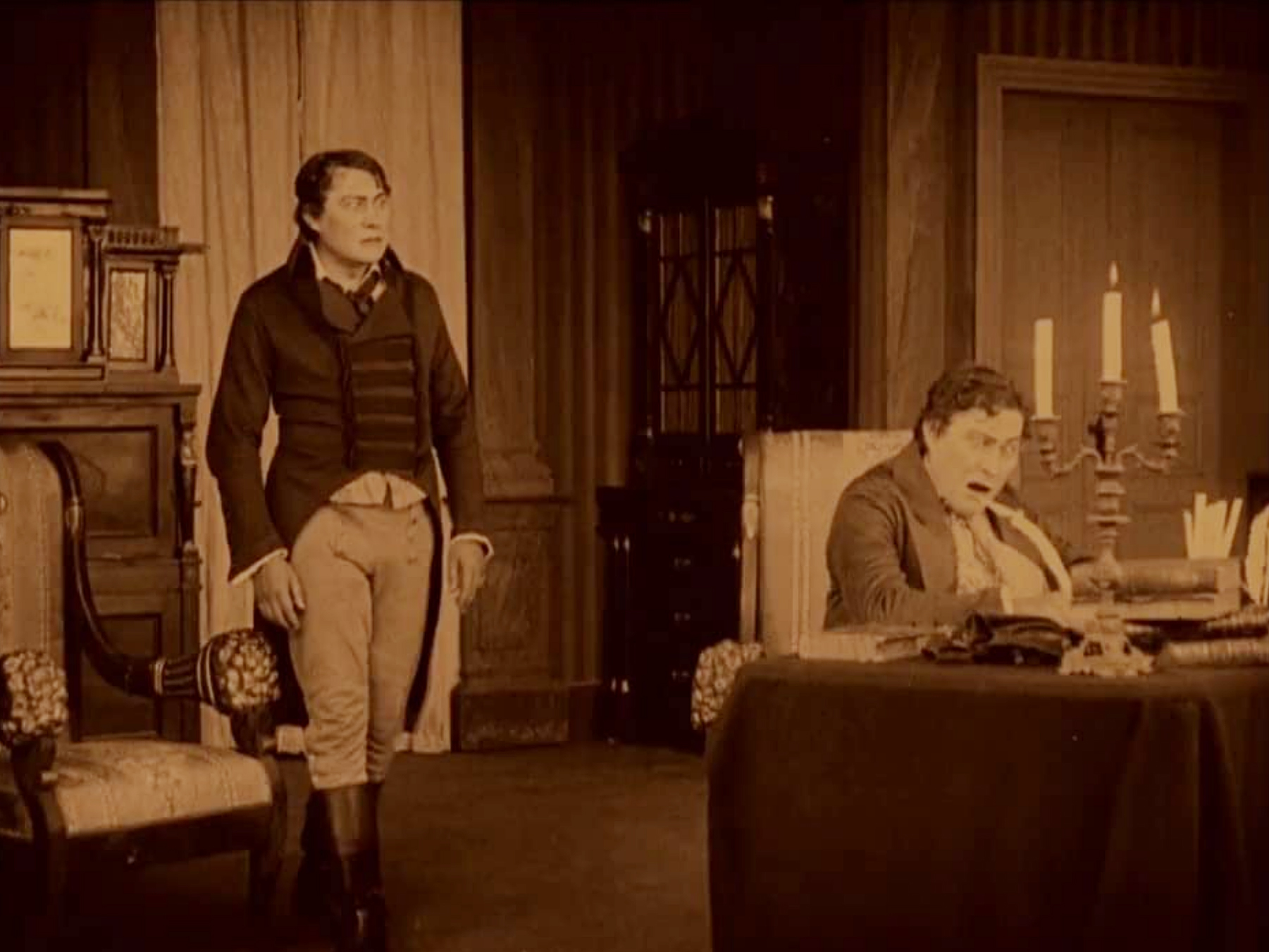
- Industry
Forgotten Hollywood: German Cinema of the Weimar Period
Stylized imagery and exaggerated and distorted mise-en-scene to reflect the inner psychology of the characters were the hallmarks of German Expressionism. The stylish beauty of German cinema during the Weimar was influenced by the political and psychological effects of World War I on the minds of German filmmakers, pushing them to take subjectivity to extremes and creating strange expressionistic worlds.
The movement produced some of the most enduring films of the 1920s and became a heavy influence on Hollywood as well, as many directors eventually emigrated to the US fleeing Nazism.
Prior to World War I German films were mostly inspired by the French Film d’art movement, focusing more on the craft of narrative filmmaking and telling complex stories through the characters’ experiences. In his book “Archeology of the Cinema”, C.W. Ceram writes: “People began discussing the cinema as an art in 1913. In Germany, such discussions arose in connections with films of Paul Wegener”. The 1913 film titled, Der Student Von Prag directed by Stellan Rye and Der Andere directed by Max Mack had the distinction of being the first “Autorenfilms”, or famous author films.
World War I brought a new agenda to the German film industry. In 1917, Erich von Ludendorff, Quartermaster General of the Army, decided to take drastic measures to deal with the general wave of anti-Germany propaganda that came along with Germany’s new enemies and their well-equipped studios. Therefore, on December 18, 1917, the German High Command formed UFA (Universum Film A.G.), which brought together prominent financiers and industrialists with the largest film companies in Germany. UFA consolidated all the production companies under one enormous state-sponsored entity. UFA’s propagandistic agenda as noted by film historians was to advertise Germany according to German directives. UFA not only dictated screen propaganda but also insisted that the films promote characteristics of German culture and serve the purpose of national education.
Director Ernst Lubitsch known for his huge crowd scenes and mastery of artificial lighting directed Madame DuBarry in 1918 under UFA. Lubitsch’s innovative camera movement set a new benchmark for all German directors and achieved a revolution in the art of filmmaking. Released in the U.S. in 1920, Madame DuBarry, retitled Passion, was acclaimed as the most important European film of the time. Lubitsch soon emerged as a director of stature and the film achieved its first breakthrough in the international market. Lubitsch was among the first German directors to emigrate to Hollywood to escape the rise of Nazi rule.
In 1919, an independent studio – Decla – produced the breakout film titled Das Kabinett des Dr. Caligari (The Cabinet of Dr. Caligari) that reshaped the German film style and influenced the look and tone of Hollywood genre movies. Directed by Dr. Robert Weine and based on a story by Carl Mayer and Hans Janowitz, it suggests the darker aspect of expressionism with its probing of insanity. The writers based this film on their experiences during WWI and their distrust in authoritarian leadership. Another enduring film during the expressionist movement was a film titled Metropolis, directed by Fritz Lang in 1926. Metropolis emphasizes the importance of the spiritual aspect of humanity and the notion that through chaos and destruction a new and better world will come about. The overthrow of the old order was an essential prerequisite for the coming of the ‘New Man’ and the establishment of the ‘Kingdom of Love’. The final title reads: ‘There can be no understanding between the hand and the brain unless the heart acts as mediator.’ Although both the films were artistic and remain quintessential examples of cinematic expressionism, neither Das Kabinett des Dr. Caligari nor Metropolis were commercial successes.
German films would achieve international renown for their artistry attracting young filmmakers and technicians from all over Europe, including 25-year-old Alfred Hitchcock. But as Germany started to lean towards fascism, many filmmakers fled to London, New York and Hollywood taking the techniques of German expressionism with them. Many Hollywood films like Douglas Sirk’s All That Heaven Allows (1955) shows the deep influence of German expressionism. In the more recent times David Fincher’s Seven, most of the murder scenes and the ending have been inspired by Dr. Caligari.
While the film industry never rested on a firm financial basis, its struggle between artistic expression and financial success would plague German cinema for years to come. For some German filmmakers, success was measured by American popularity. Ernst Lubitsch directed actress Mary Pickford in Rosita. Friedrich Wilhelm Murnau’s famous films like Nosferatu in 1922 and Der letze Mann led him to direct American films like Sunrise (1927), The Four Devils (1928), City Girl (1930), and Tabu (1931). Besides Lubitsch and Murnau, many other German directors and actors entered the American industry during the ‘20s, a trend that continues even today. Films like Silence of the Lambs or Don’t Breathe and filmmakers like Guillermo del Toro, Tim Burton and M. Night Shyamalan, show the influence of early German cinema in their work.
German cinema of the Weimar period is highly regarded for its artistic contributions and the profound long-lasting impressions that have inspired generations of filmmakers throughout history and will continue to do so in the future.